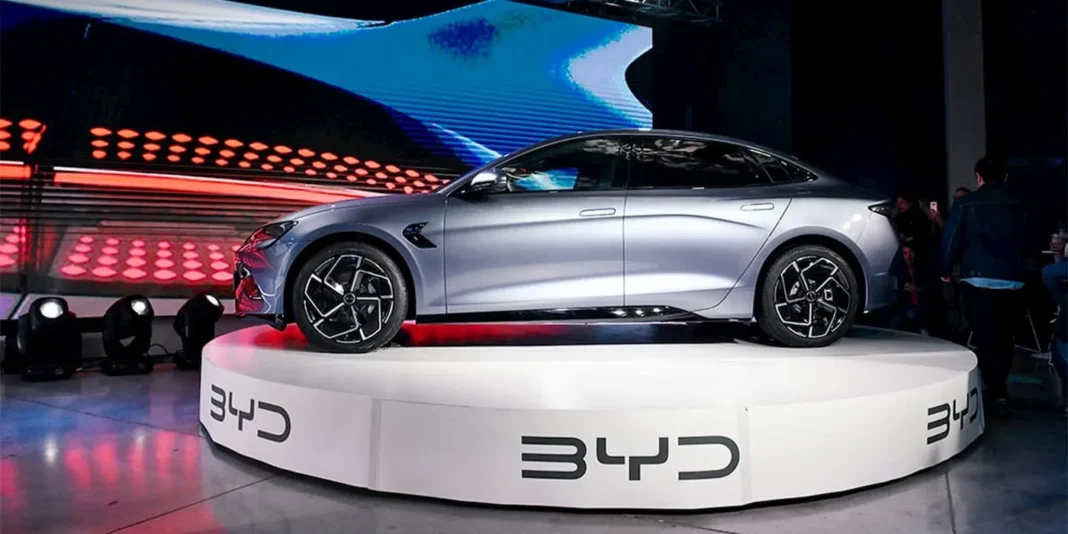BYD is stepping up its game in the race against big names like Tesla and Elon Musk — and it’s not just sticking to electric cars. The Chinese auto giant is now making bold moves into plug-in hybrids and hydrogen-powered vehicles, while also expanding its reach across Europe and the U.S. With growing global interest in clean energy cars, BYD is adapting fast. Let’s break it all down.
BYD stands for Build Your Dreams, and the company is doing just that. It’s one of China’s biggest carmakers and a serious competitor to Tesla. Until now, BYD focused heavily on fully electric vehicles (EVs), which run entirely on battery power.
But that’s changing. BYD recently decided it won’t focus only on EVs anymore. Instead, it’s widening its strategy because many drivers still have doubts about switching to electric-only cars.
Why are people still unsure about electric cars?
Let’s be honest — going fully electric sounds great, but not everyone is ready. Here’s why:
- People fear the battery might run out too quickly.
- Charging stations aren’t available everywhere.
- The switch from petrol or diesel to electric can be confusing.
- Some just don’t understand how electric charging works or how long it takes.
So, even though electric cars are cleaner, they’re still not convenient for everyone. BYD noticed this and is offering a smart alternative.
What’s BYD offering now?
BYD is still making electric cars, but now it’s putting a big push behind plug-in hybrid vehicles (PHEVs). These cars use both electricity and petrol. You can drive on battery power, but if it runs low, the petrol engine kicks in — no panic about finding a charger.
They use BYD’s own DM-i hybrid technology, which gives you the freedom to switch between electric and fuel when needed. It’s a clever way to ease into the world of clean driving.
What’s happening in Europe?
In Europe, BYD already sells one of its PHEVs — the Seal DM-i. And in 2025, it plans to roll out two more hybrid models.
Germany, a huge player in the car world, is one of BYD’s main targets. But here’s the twist: the European Union is adding high taxes (called tariffs) to electric cars imported from outside Europe — like from China. To get around this, BYD is building factories in Europe, including in Hungary and Turkey. This way, it can sell cars without those extra costs and stay competitive.
What about hydrogen cars?
BYD isn’t stopping at electric and hybrid vehicles. It’s also investing in hydrogen fuel cell technology, especially for bigger vehicles like buses.
Together with U.S. Hybrid Corporation, BYD created a hydrogen-powered bus that doesn’t need to be plugged in. One of these buses is now working at Honolulu Airport in Hawaii, thanks to a local transport company called Robert’s Hawaii.
This is all part of Hawaii’s Clean Energy Initiative, which aims to make the state more eco-friendly and reduce pollution.
So what’s BYD’s plan for the future?
BYD’s new strategy is smart and flexible. Here’s what they’re offering moving forward:
- Electric cars for drivers ready to go fully electric.
- Plug-in hybrids (PHEVs) for those who want flexibility.
- Hydrogen-powered vehicles, especially for public transport.
- New factories in Europe to make it easier to sell cars locally.
They’re not forcing everyone into one type of vehicle — they’re giving choices, and that’s what many people want.
What does it all mean?
In short, BYD is listening to what real people want. They’re not giving up on electric cars — far from it — but they’re offering practical options for people who aren’t quite ready to go fully electric.
At the same time, they’re working on cleaner energy solutions like hydrogen and expanding globally in smart ways. With these moves, BYD is putting pressure on Tesla and other automakers to think more flexibly too.
In the end, it’s exciting to see companies like BYD pushing green technology forward — not just for tech lovers, but for everyone.




